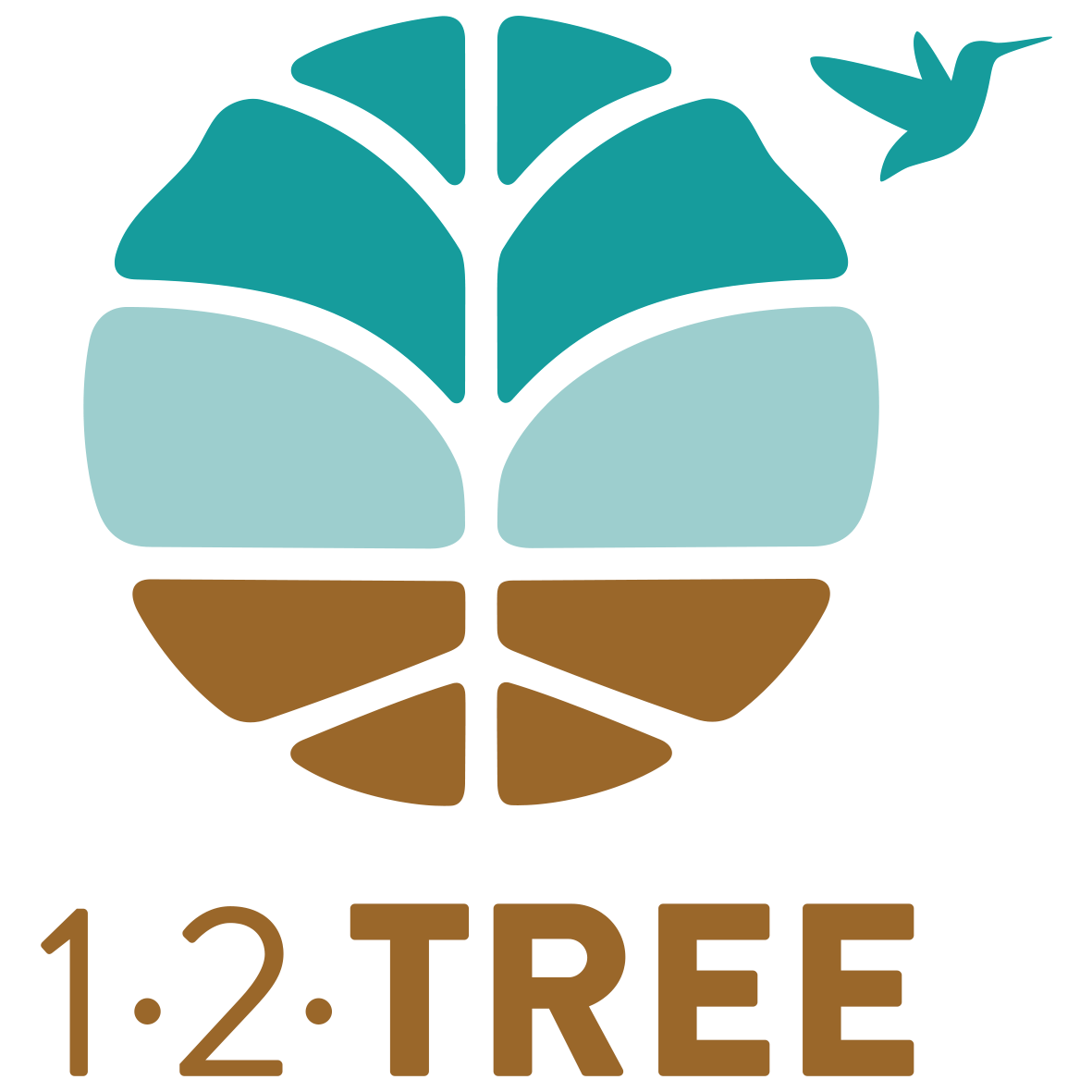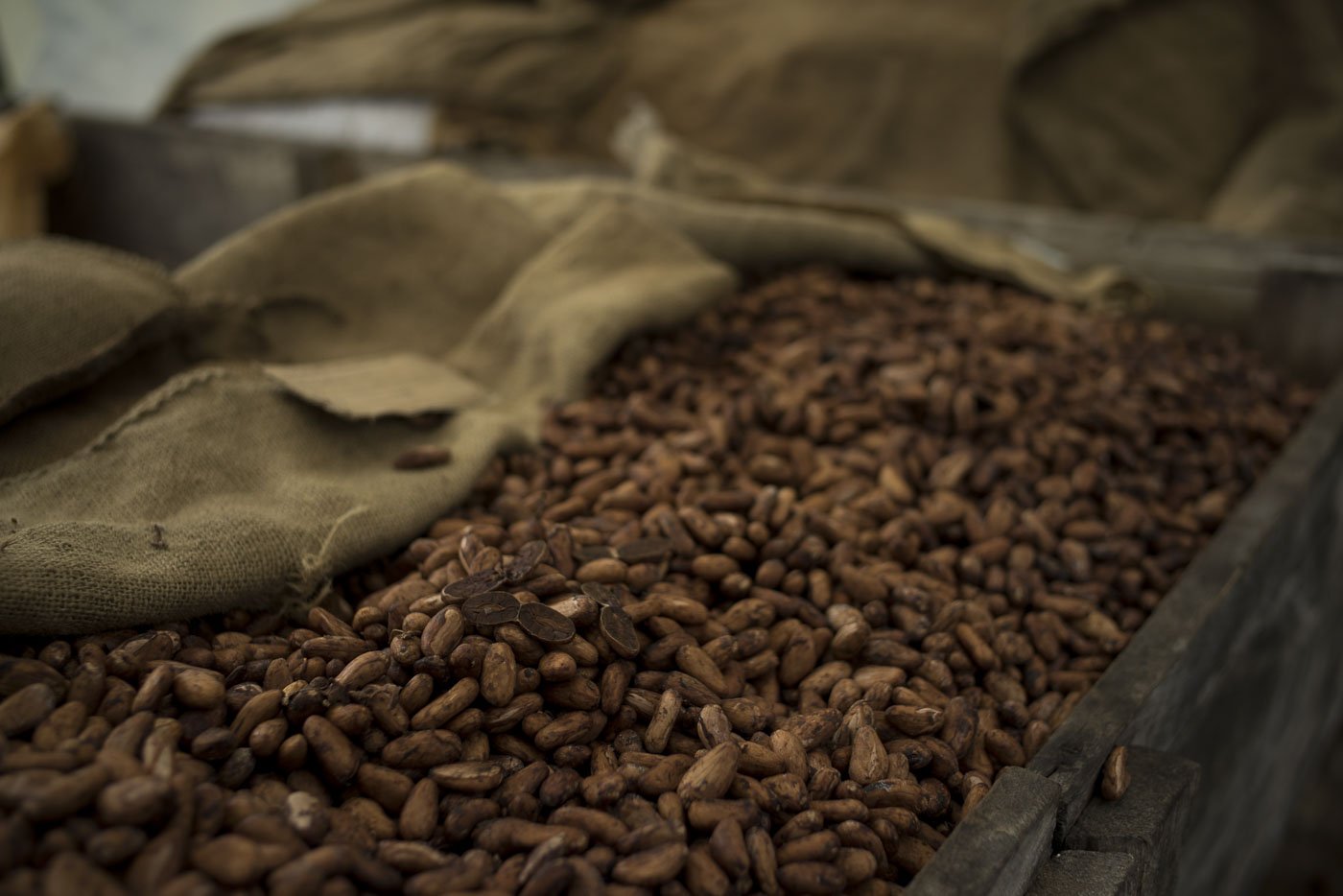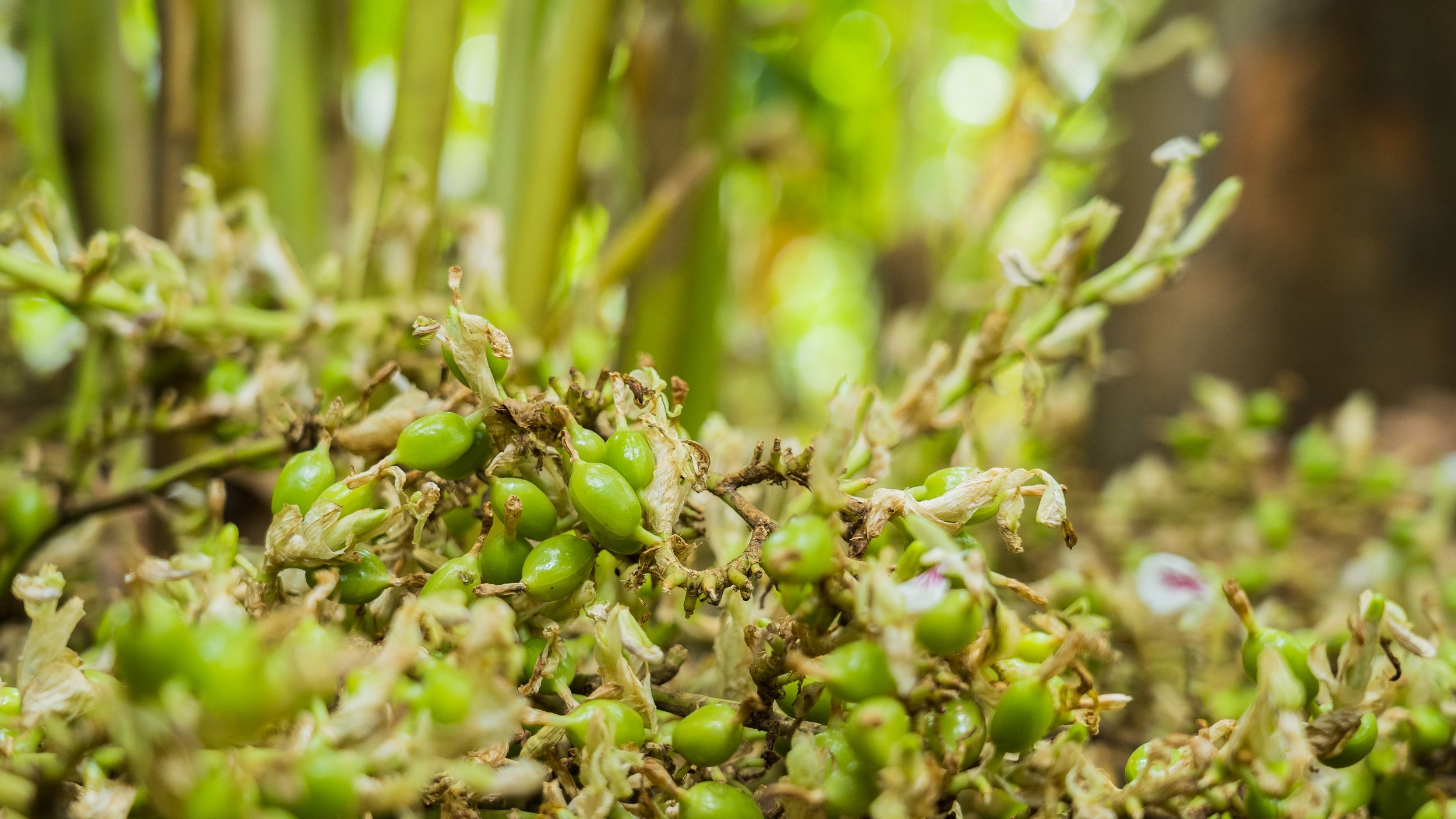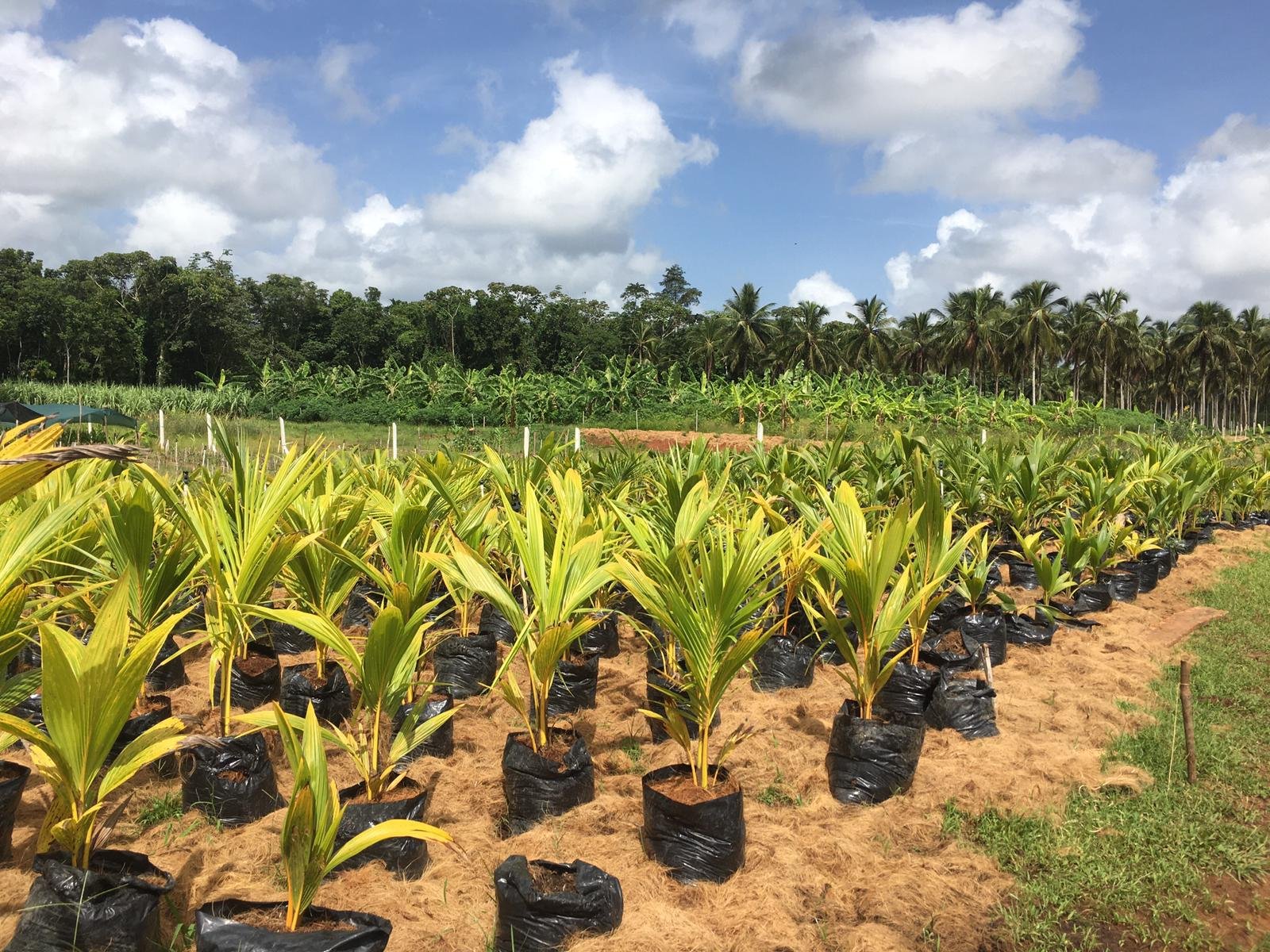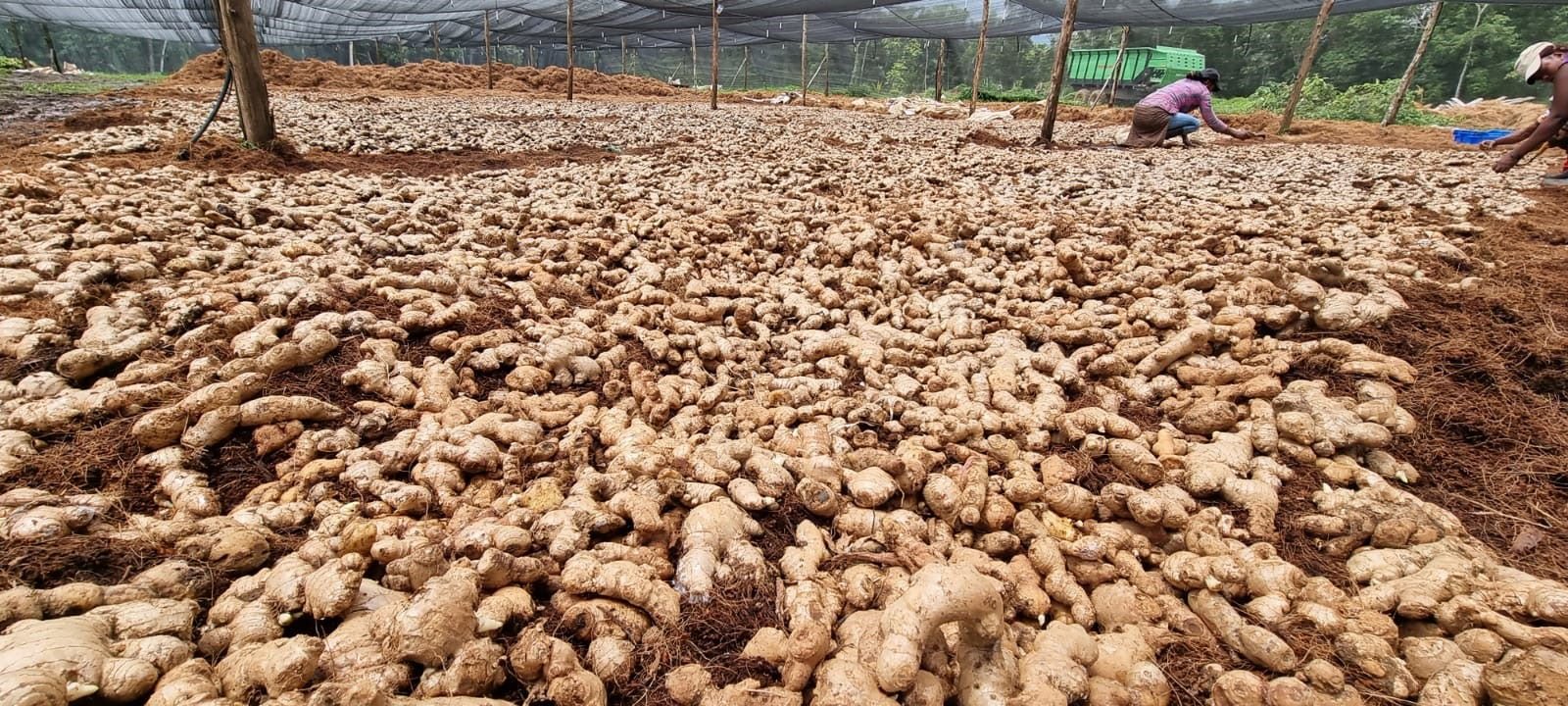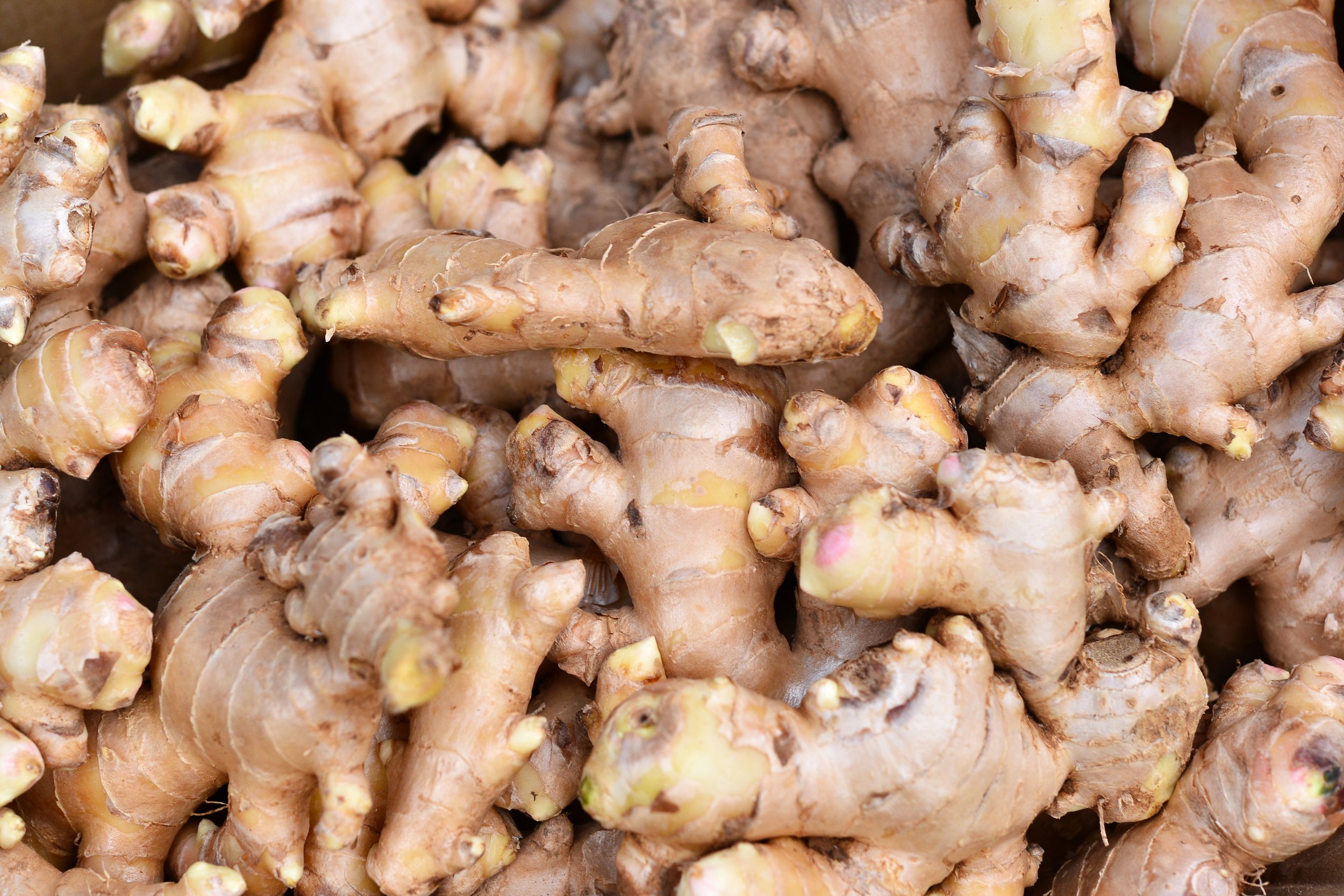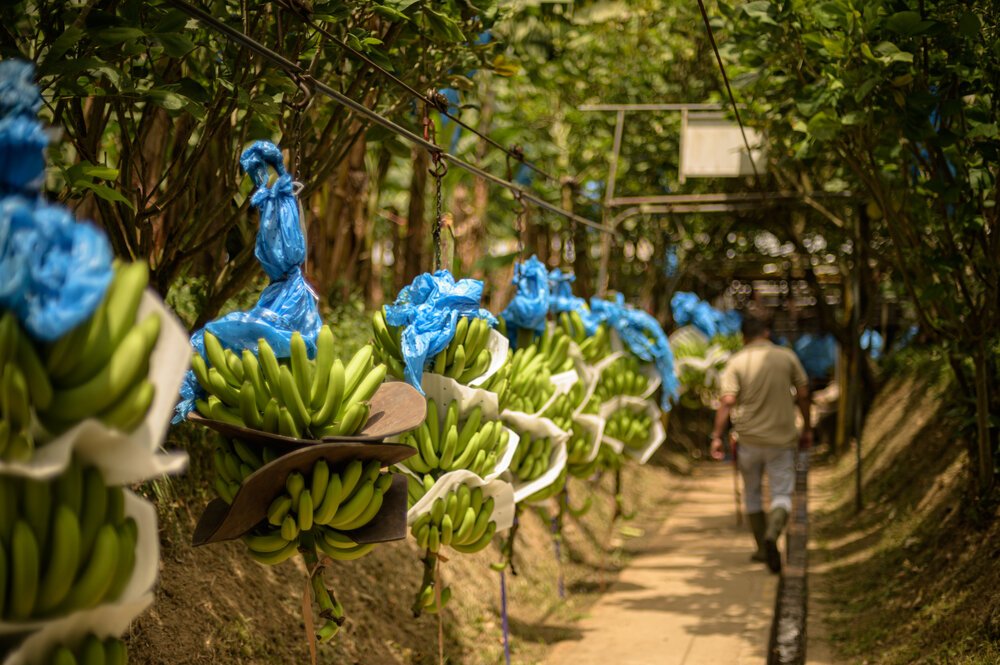Our Products
12Tree’s approach to farming is based in agroecology.
Using sustainable farming practices that works with nature to create abundant, regenerative agricultural systems. We incorporate diversity into our farming systems in order to replicate the complexity of natural ecosystems that not only produce food, but offer key ecosystem services such as carbon sequestration, water cycle regulation, and the provision of habitats for animals. In turn, this agroecological approach yields numerous benefits for the farm, including improved pest control, enhanced plant and soil health, and an overall increase in the productive capacity of the land.
Diverse, integrated cropping systems can be highly productive without relying on synthetic chemicals when they adopt regenerative practices, such as diversification, nutrient cycling, and natural pest and weed control. Because each farm is different, there is no one, single combination of crops and plants, or one, single set of farming practices, that can be universally applied to enhance the ecology of all our farms. This reality is the foundation of some of 12Tree’s core commitments: we do not apply a one-size fits-all approach, and we do not specialize in mono-crop systems. Rather, our teams work year-round piloting combinations of crop varieties, edible plants, timber species, and natural products like honey, with the goal of finding the site-specific combination that will give us the most nutrient-dense, delicious, and resilient fruits, vegetables, spices, and tree crops. Throughout our journey towards regenerative agriculture, our vision is to continuously add exciting products of premium quality to our portfolio.
Here, we present our current offering, which includes banana, cocoa, coconut, coffee, cardamom, ginger, honey, and plantain.
COCOA
Throughout its history, this noble fruit from the Amazon rainforest, from which our beloved chocolate is made, has been highly prized and sought after. The Latin name of the cocoa tree -Theobroma- literally means, “food of the Gods.”
There are few foods with such a rich, diverse, and intriguing history as cocoa and chocolate. Nearly 4,000 years ago, the ancient Olmec, Mayan, and Aztec civilizations of Central America used cocoa beans for many different purposes, from rituals to beverages, and even as currency.
Even today, chocolate and cocoa still exude an aura of mystery, luxury, and pleasure. Chocolate has become a staple baking ingredient and daily confectionary pleasure worldwide, with more than 3 million tons of cocoa beans consumed each year!
We grow more than 2,000 hectares of cocoa in Colombia, Ecuador, Panama, Guatemala, and the Dominican Republic. These countries provide excellent conditions for growing both, varieties of ancient genetic heritage and fine flavor profiles, as well as varieties that are robust and high yielding. With the goal of replicating the cocoa tree’s natural habitat, we strive to grow our cocoa in agroforestry systems that integrate trees, shrubs, and aromatic plants. As opposed to cocoa monocultures, agroecological systems improve biological diversity, improve ecological stability, and can re-initiate the process of building soil health.
12Tree’s cocoa beans are hand-picked, dried, and fermented with care. We have our own post-harvest centers on farm, which provides us with oversight of the entire production process and allows us to achieve the superior quality that characterizes our beans. All of our farms are UTZ/Rainforest Alliance certified or in the process of being certified, attesting to the fact that our cocoa production meets the highest environmental and social standards.
For more information please visit the product profiles and respective product type sheets and our brochure of cocoa origins here.
COFFEE
Coffee originated in Ethiopia, where in the 11th century the powerful properties of the seeds enclosed in the cherries of the coffee tree were first discovered. The arrival of the coffee tree in the Americas is full of legends, the most recognized being that in 1723, Gabriel Mathieu de Clieu, an officer of the French Navy stationed in Martinique, brought a plant from Paris to grow in the New World. The trip was full of incidents, but Mathieu de Clieu protected the coffee tree to the hilt, even allocating scarce drinking water for the plant. At the same time, Dutch traders and explorers propagated coffee plant in Central and South America, first in Surinam and French Guiana, and soon thereafter in Brazil (1727), Venezuela and Colombia (1730). In 1735 coffee arrived in Santo Domingo and the history of the expansion of coffee throughout the continent continued.
Today the two main types of coffee -Arabica and Robusta- are cultivated in many tropical and subtropical areas of the world, from Africa to the Americas to Asia. On our farm in Guatemala, Chimelb, we let the undulating landscape dictate our cultivation practices, growing high quality Arabica in the hillsides, and developing hearty Robusta in the lower areas. In addition to the Chimelb farm, a great deal of our coffee is provided through our partnerships with communities of small, family farmers. For nearly 20 years, since 2002). The farm has been certified by C.A.F.E. Practices of Starbucks Coffee Co.
We produce the following coffee varieties in Finca Chimelb and Sepacay in Alta Verapaz, Guatemala:
· Arabica coffee
· Natural Arabica coffee
· Natural Robusta coffee
· Washed Robusta coffee
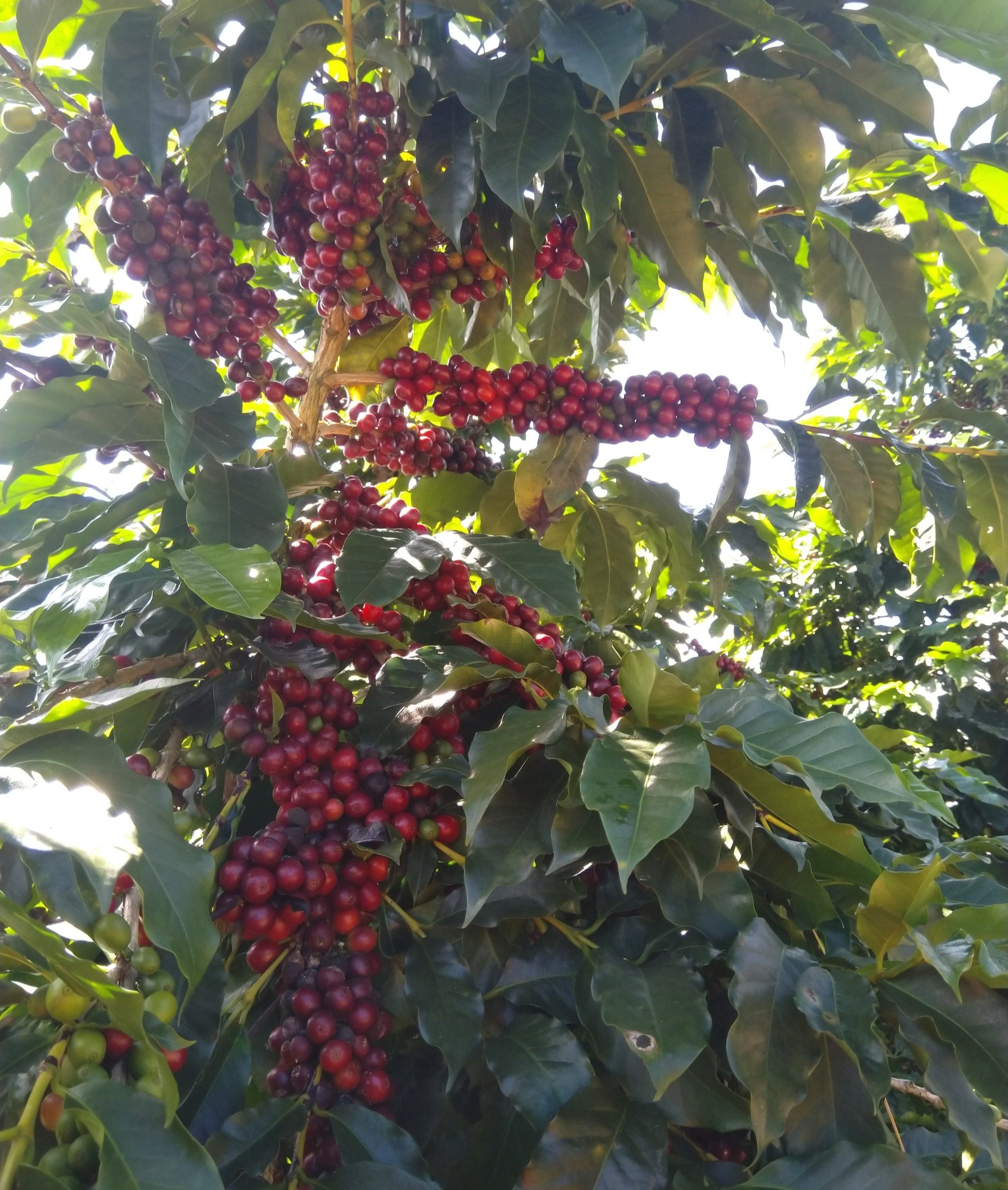

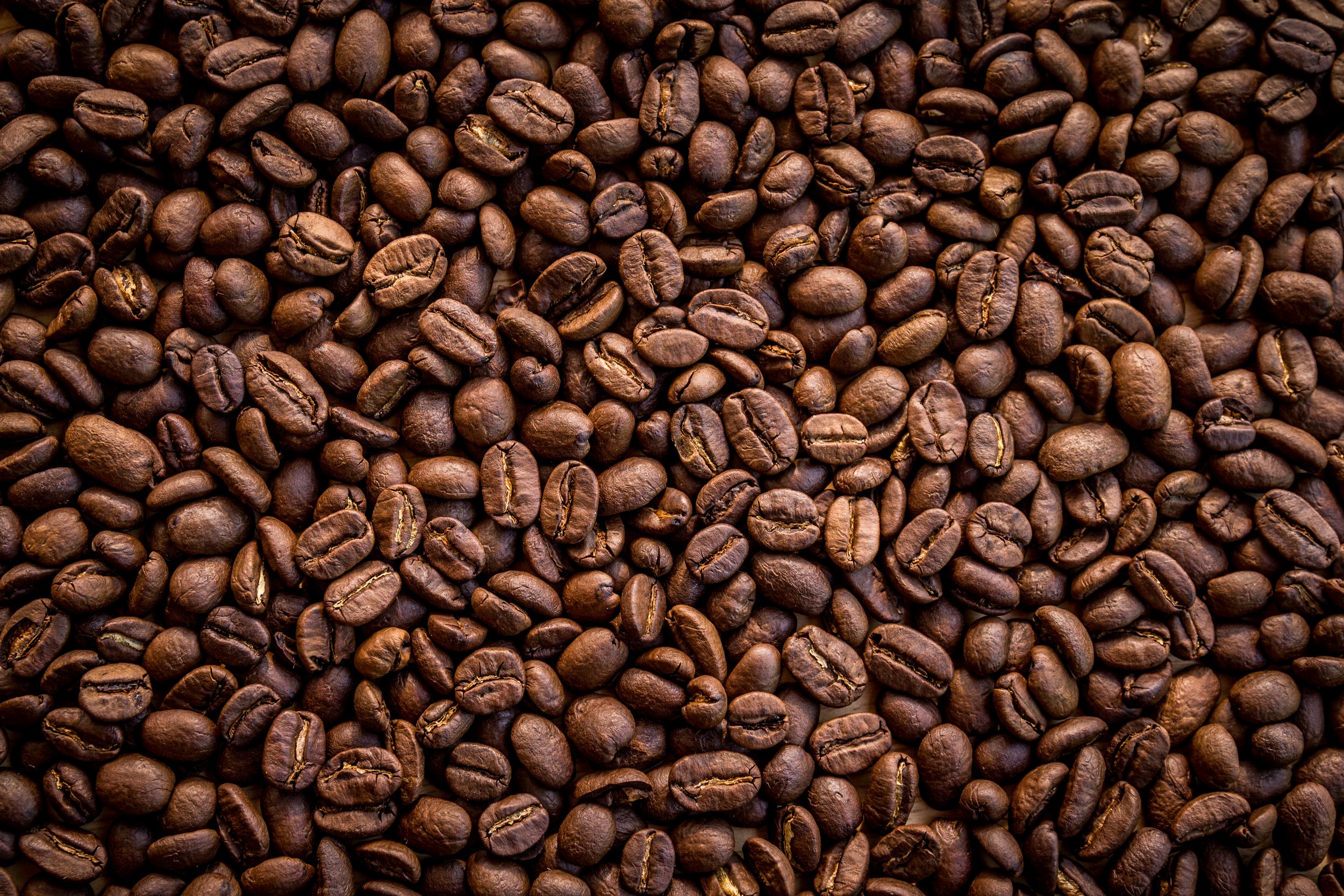
Cardamom
Like many of the world’s favorite spices, cardamom originated in India. Its characteristic aroma, at once intense, sophisticated, and fruity, transports you directly to this subcontinent. The cardamom plant -Elettaria cardamomun- belongs to the ginger family and has traditionally been cultivated in the jungles of South India, Sri Lanka, Malaysia, and Indonesian Sumatra.
One of the most characteristic ingredients of the gastronomy of this Asian country, cardamom has become an essential part of the flavor profile of several Middle Eastern, Nordic, and even Central American cuisines. Guatemala has become one of the world’s leading producers and exporters of cardamom, offering a quality that is often considered superior to that of Asian origin.
12Tree produces heirloom varieties of cardamom, emphasizing the prized Malabar varietal, at our Finca Chimelb and Sepacay in Alta Verapaz, Guatemala. Our cardamom is grown in agroforestry systems that integrate timber, rubber, and other plant species, and is certified by UTZ/RainForest Alliance for the rigorous social and environmental standards that it represents.
HONEY
Throughout human history, across geographies and cultures, honey has been used by mankind for dietary, health, and cultural purposes. Not only is honey an accessible and effective remedy for ailments such as skin wounds, sore throats, and inflammation, it is used as a relaxant, its sweet and calming flavor reducing anxiety and promoting sleep. Found in royal tombs of the Egyptians through to the Roman empire, honey is a simple pleasure often associated with abundance and luxury.
While we benefit from the taste of honey, ecosystems benefit from the work that bees undertake to produce it. Magnificent pollinators, honey-producing bees encourage the proliferation of life and productive abundance of natural and farmed ecosystems alike. 12Tree’s farms in Colombia, Guatemala, and the Dominican Republic incorporates apiculture -beekeeping and honey production- in order to improve pollination, enhance biodiversity, and produce poli-floral honey.
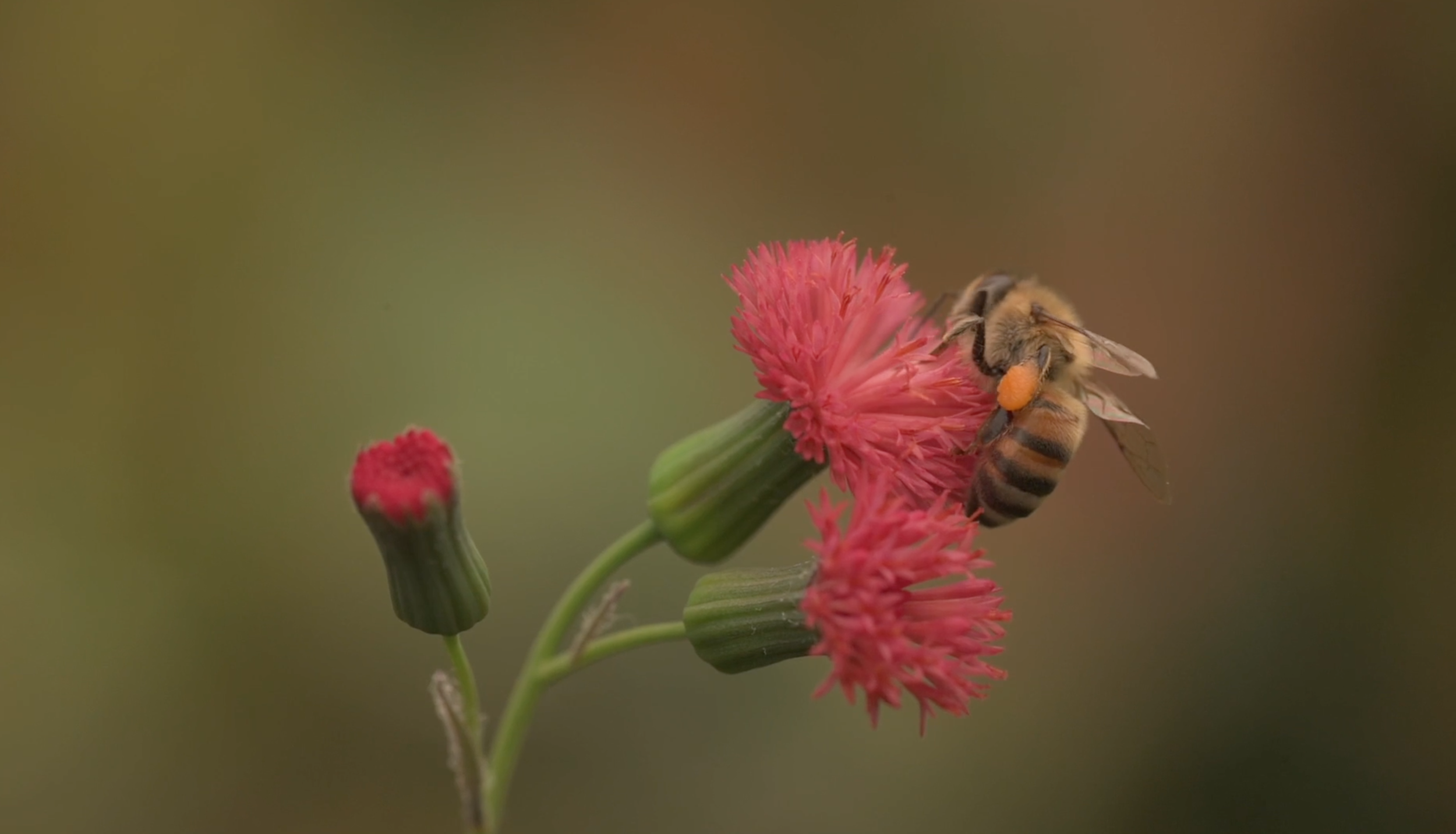

COCONUT
The origin of the coconut is lost in the beginning of time. Some scientists believe it comes from the Papua New Guinea in the South Pacific, while other experts maintain that it originated in the Indian archipelago, and some insist that it came from the Americas. In any case, documented uses of coconut as food date back some 3,900 years, with Ayurvedic medicine crediting the healing benefits of coconut in Sanskrit as early as 1,500 BC.
The composition of coconut varies according to the degree of ripening of the fruit, as with all fruits, although its main component is saturated fat, which makes it a high-calorie food. However, the saturated fats in coconuts are absorbed directly in the intestine, making coconut a good source of fat and its consumption especially interesting for people with digestive problems. Coconuts also contain minerals such as magnesium, phosphorus, calcium, and potassium; fat-soluble vitamin E; and an especially high fiber content.
12Tree grows coconuts in an integrated agroforestry system, with coconut palms acting as the canopy layer, providing dappled shade for cacao as well as vegetable and root crops underneath. At out plantation in Nagua, Dominican Republic, we produce the following organic coconut varietals:
· Hybrid Pb121
· Hybrid Pb 111
· Malaysian Green dwarf
· Malaysian Yellow dwarf
· Cameroon red dwarf
· Gold Hybrid
· High Atlantic
· Brasilian Green dwarf
· Chactemal hybrid
GINGER
Ginger is native to Southeast Asia, India and China, where it has been an integral component of the diet and valued for its aromatic, culinary, and medicinal properties for thousands of years. Traditional Chinese Medicine (TCM) and ancient Ayurveda frequently uses ginger for the health and wellness properties attributed to it, including as a gastrointestinal stimulant, tonic, anti-inflamatory, and expectorant.
While perhaps most common in Asian cuisine, ginger is used throughout Africa and is increasing in popularity in the Americas and Europe, adding immense flavor with its pungent combination of sweet and spicy properties. In the West, ginger has typically been used dried or in powdered form to flavor sweet dishes, drinks, and candies.
12Tree produces organic Criollo and Peruvian ginger in our farm in the Dominican Republic.
PLANTAIN & BANANAS
The banana has its origin in southern Asia, and was known in the Mediterranean as early as 650 AD. In the 15th Century, the first species arrived in the Canary Islands, and from there it was taken to the Americas in 1516. Cultivation and consumption spread widely in the ensuing centuries, and just as plantain and banana have become a staple starch in the diets of many African, Latin American, and Asian people living in the tropics and subtropics, the banana has become a common fruit in the diets of people across the globe.
Bananas provide an excellent source of essential vitamins and minerals such as potassium, magnesium, and fiber. 12Tree’s sustainably-produced bananas -Cavendish and Red Macabu varieties- are grown at our Platanera Rio Sixaola (PRS) farm in Costa Rica. A leader in ecological banana production, PRS is certified under numerous social, environmental, and climate schemes, including UTZ/RainForest Alliance.
Like the banana, the plantain belongs to the Musaceae family, however this species is larger and less sweet than other varieties of the same family. It is a fruit with a high content of complex carbohydrates, or starches, so it is not suitable for raw consumption, but makes for an excellent culinary staple when prepared to potatoes and other root vegetables or dried and used in powder and processed form. 12Tree produces high quality plantain, including the Curaré Enano and MP-1 varietals at our farm in Panama, and FHIA20 and local varietials at our farm in the Dominican Republic.
